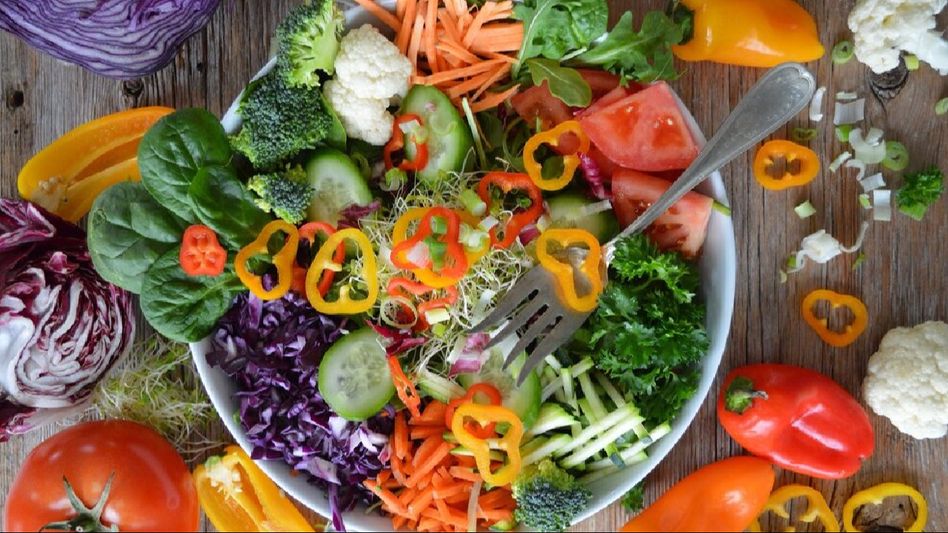The quest for fullness: Foods that keep you satiated for longer
The desire to feel satisfied after a meal is a fundamental human need. While some prioritize taste and variety, others seek dishes that offer sustained fullness.

The desire to feel satisfied after a meal is a fundamental human need. While some prioritize taste and variety, others seek dishes that offer sustained fullness.
Feeling full, or satiated, is a complex physiological process influenced by various factors. These include:
Nutrient composition: Foods rich in protein, fiber, and healthy fats generally promote satiety better than those high in refined carbohydrates and sugar.
Volume: Foods with high water content and low calorie density create a sense of fullness in the stomach, promoting satiety.
Glycemic index: Low-glycemic index foods release their sugars slowly into the bloodstream, preventing spikes in blood sugar and insulin that can lead to hunger pangs.
Hormones: Hormones like leptin and ghrelin regulate hunger and satiety. Satiating foods influence the release of these hormones, promoting feelings of fullness.
Now, let's embark on a journey through various cuisines and discover dishes renowned for their satiating properties:
1. Hearty Bean Dishes: From chili and lentil soup to Moroccan tagines and Indian dals, legumes are powerhouses of protein and fiber. Their slow digestion keeps you feeling full for extended periods.
2. Protein-Packed Powerhouses: Grilled chicken or fish with roasted vegetables, lentil stew with tofu, or a tofu scramble offer ample protein, leaving you feeling satisfied and energized.
3. Fiber-Rich Favorites: Quinoa bowls with roasted vegetables, lentil and vegetable salads, or a bowl of oatmeal with nuts and seeds are loaded with fiber, promoting satiety and gut health.
4. Soups and Stews: A steaming bowl of vegetable soup with whole grains, lentil stew, or a minestrone packed with vegetables and beans is both comforting and satiating.
5. Healthy Fats for Fullness: Avocados, nuts, and seeds are rich in healthy fats that promote satiety and slow down digestion. Include them in salads, sandwiches, or as a healthy snack.
6. Don't Forget the Greens: Leafy green vegetables like spinach, kale, and collard greens are low in calories and high in fiber, adding volume and promoting fullness to your meals.
7. Slow-Cooked Delights: Slow-cooked meals like pulled pork with whole-wheat buns, beef stew with vegetables, or a pot roast offer a satisfying and flavorful experience while being packed with protein and fiber.
Mindful eating practices and listening to your body's hunger cues are essential for a healthy and balanced approach to food.
While choosing the right foods plays a significant role, consider these lifestyle practices for enhanced and sustained satiety:
Stay hydrated: Drinking plenty of water throughout the day can help curb cravings and prevent mistaking thirst for hunger.
Get enough sleep: Sleep deprivation can disrupt hunger hormones, leading to increased appetite and decreased satiety.
Manage stress: Chronic stress can trigger emotional eating and hinder the body's ability to regulate hunger and satiety hormones.
Practice mindful eating: Pay attention to hunger cues, eat slowly, and savor your food to avoid overeating.
By combining a selection of satiating foods with mindful eating practices and healthy lifestyle habits, you can embark on a journey towards feeling full and satisfied not just for days, but for a lifetime.
Copyright©2025 Living Media India Limited. For reprint rights: Syndications Today









